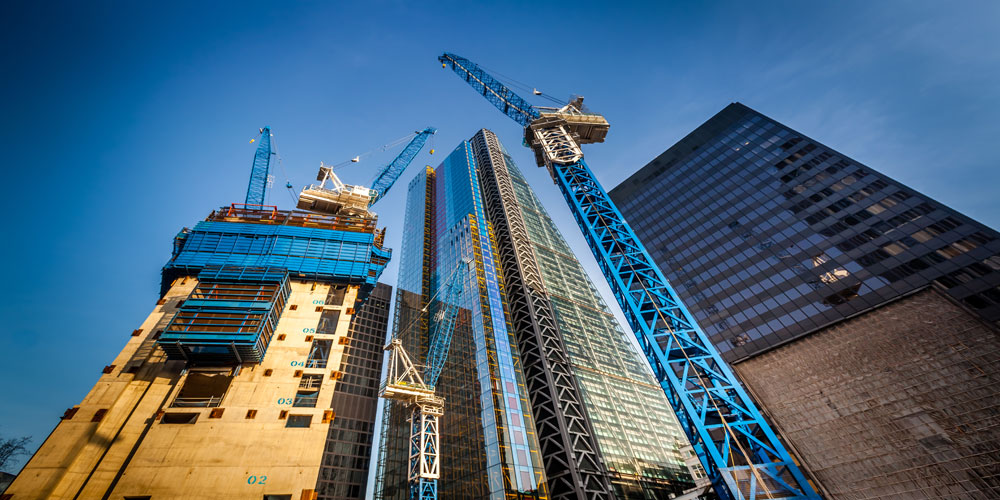
Compliance with Leasehold Agreement via Sound Testing
Clients often get in touch with us when they have run into trouble whilst undertaking refurbishments to their London apartments. In many cases, they have a lease agreement to the commencement of works and sound testing upon completion of the works. However many people don’t abide by the lease agreement as they may not know about the condition.
Thereafter, once the works are complete they may often receive complaints from neighbours that they can hear extra noise; this is often because they have changed their floor finish from carpet to wood. Unless extra acoustic design consideration is undertaken to try and negate the extra noise resulting from the change of floor finish, it may result in extra airborne and impact noise being heard in the unit below.

APT Sound Testing Compliance with Leasehold Agreement
Usually, the lease agreements contain something similar to the following conditions ‘If the tenant wants to change the floor construction within his dwelling he shall:
• Commission an independent acoustic consultant to carry out a pre-installation test, design the new acoustic installation and carry out a post-installation test and provide the results to the landlord’s surveyors for approval; and
• Invite the Landlord’s surveyor to inspect the acoustic insulation before it is concealed; and
• Accept that the Landlord, whilst granting this Licence, does not accept any responsibility for the design or performance of the insulation provided and that if any issues arise, the Tenant will address these immediately.
In the event of a reasonable complaint being upheld by the Landlord or his agent concerning noise affecting other Tenants within The Building, the Tenant will arrange for carpeting (the provision of which shall be determined by the Landlord) to be positioned and maintained at the Tenant’s sole cost.
To try and cater to the above requirements we offer an acoustic package comprising of the following:
- Sample Sound Testing of the existing construction. This offers an accurate overview of the acoustic performance of the existing floor partition/s prior to the commencement of construction works. It also enables us to offer a targeted acoustic design using the sound insulation performance of the existing construction.
- Acoustic design review – once we have the performance figures from the sample sound testing have been established, we can forward a design that should improve the performance of the existing floor partition – even if you are changing the floor finish from carpet (soft finish) to engineered timber floor (Hard finish)
- Site Visit – This allows us to check that the installation team is installing the acoustic materials as per the manufacturer’s guidelines.
- Pre-completion Sound Testing in-line with Approved Document E. This provides an accurate overview of the acoustic performance of the upgraded partition/s, the results of which can be handed over to the relevant person for sign-off.
In our experience the usual noise problems range from airborne noise transmission from voices TVs and music to footfall impact noise caused by high heels on wooden/tiled floors – it is usually the impact noise that is picked up by the residents below as its impact sound that usually increases if the floor finish has been changed from carpet to wood.
Even if the floor assembly has been designed and constructed to provide adequate airborne isolation, impact noise can still be a major problem. If the finished floor surface had previously been carpeted, the carpeting and underlay will normally provide a good degree of impact sound isolation. On the other hand, when the finished floor is floor is constructed in hardwood, stone or ceramic tile. Achieving good impact sound isolation requires much more attention.
If you think you may have a problem with sound in your dwelling and/or you have encountered complaints from a neighbour due to modifications you have made to your floor, then please contact us now. Always try to describe the problem in as much detail as possible.
Describe the nature of the sounds, and when and where you or your neighbour can hear it. Is it impact noise or airborne noise or a combination of both? The more information you can provide us, the quicker we can try to determine the nature of the problem and subsequently find a solution.
In many cases, due to varying constructions, there may be varying noise problems; however, if we are employed from the beginning of a project it usually results in our clients complying fully with Building Regulations Part E and /or compliance with their leasehold agreements, which in turn may avert costly legal battles at the end of the project.
If you are about to make changes to your apartment, and you think you require acoustic design advice, then please contact us now via the APT Sound Testing website, or phone me directly at 01525 303 905.